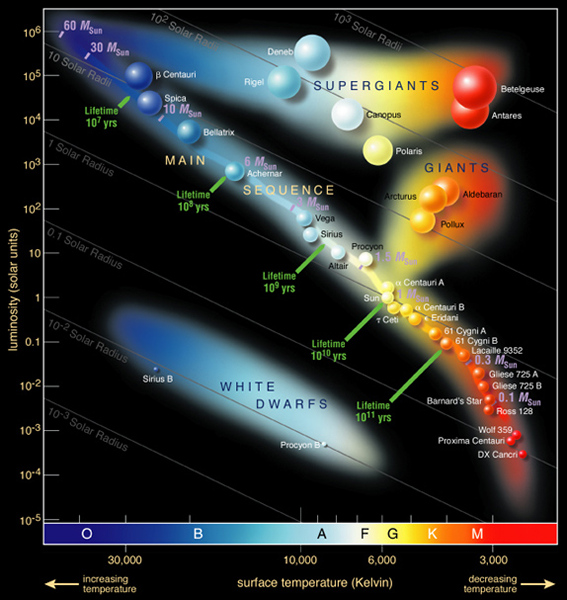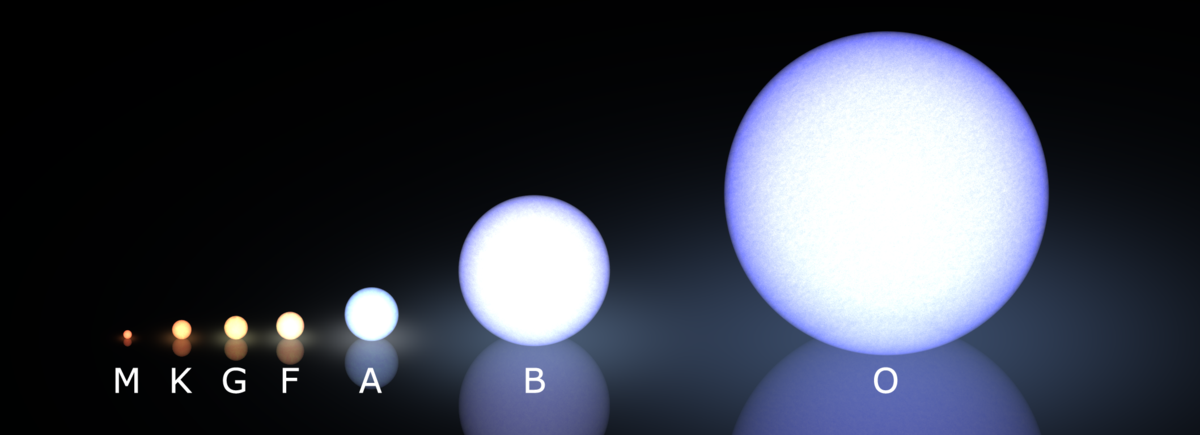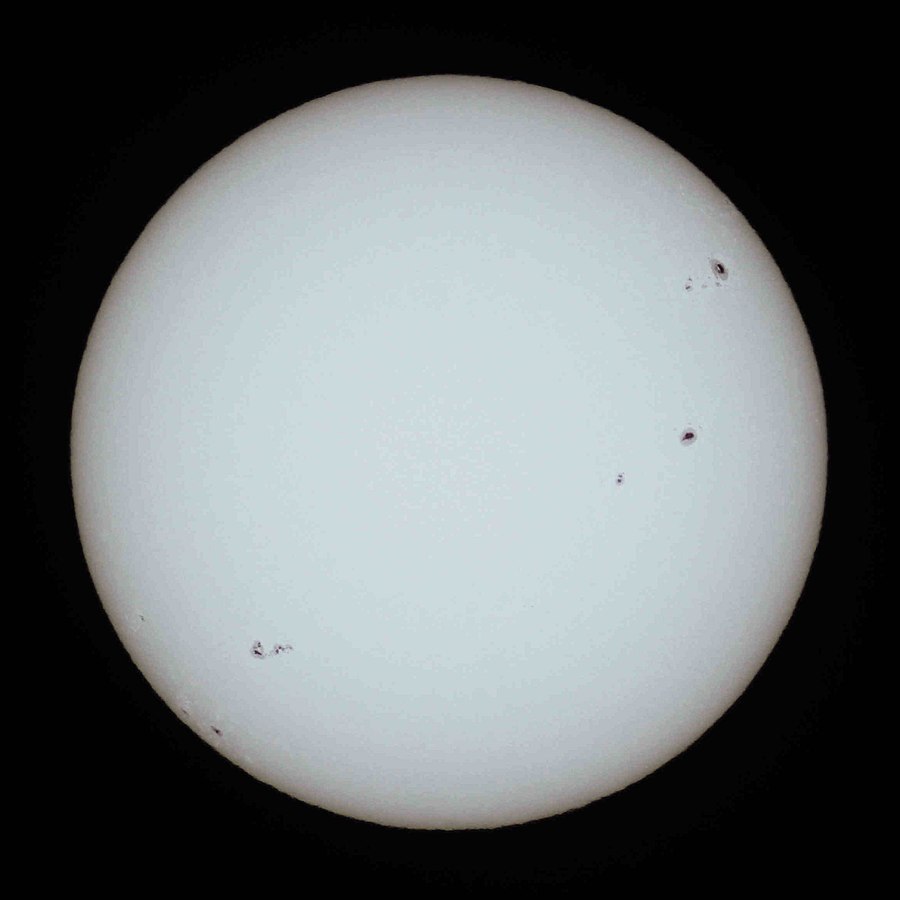Star Types | Not All Stars Are Created Equal!
Spectrum Of Stars!
When you look up at the night sky, except for some stars appearing brighter than others, all the stars you can see kind of look the same don’t they? In reality, astronomers have been classifying star types according to their size, brightness and spectra for years as there is a wide range of star types, mainly due to their initial mass shortly after formation.
How Are Stars Classified?
Almost every characteristic about a star is the result of its initial mass, such as its size, colour, brightness, how it will evolve, how long it will exist and eventually the stars fate. The following are the main characteristics by which different types of stars are classified;
Star Size - This varies greatly, from small neutron stars to supergiants which may have a volume many millions of times greater than our Sun. However, it is important to note that star mass does not vary by nearly as much as their diameters do. E.g. despite a supergiant star potentially being a 1000 times wider than our Sun, it may only have ~20 times the mass!
Star Colour and Surface Temperature - If you look closely through a good telescope, some stars appear different in colour due to a stars surface temperature. Hot stars appear white or slightly blue and likely have a temperature as hot as 50,000°C! While relatively ‘cool’ stars appear orange or red and may have a temperature closer to 3,500°C. Earth’s closest star, the Sun, lies towards the cooler end of the spectrum with a temperature of about 5,500°C and therefore appears yellow.
Star Brightness – This is determined by a stars size and surface temperature.
What Are The Different Types of Star?
The majority of stars in our galaxy are known as ‘main sequence’ stars or ‘dwarfs’ (including our Sun) with a size determined by their mass which ranges from 0.1 to over 100 times the mass of our Sun and is classed according to their light spectrum and hence their surface temperature.
- O 33,000+ °K
- B 10,500–30,000 °K
- A 7,500–10,000 °K
- F 6,000–7,200 °K
- G 5,500–6,000 °K our Sun (G2)
- K 4,000–5,250 °K
- M 2,600–3,850 °K Proxima Centauri (nearest star to Earth)
- L & T Brown Dwarfs
Stars are estimated to spend 90% of their lives as main sequence stars fusing hydrogen to helium but the actual length of time depends on the stars initial size and the rate at which it burns its hydrogen fuel.
Stars a ¼ the size of the Sun called red dwarfs are the most common type of star in the universe and burn their fuel very slowly. Slightly larger stars, such as our Sun, will eventually swell and become red giants after several billion years of nuclear fusion.
Stars with a mass of 1.4 times that of our Sun may experience a collapse and supernova after which its core forms a neutron star or black hole. for stars of a mass 4 times (and above) of our Sun.
Stars with masses greater than 9 times that of our Sun will expand as they exhaust their fuel (over as little as a few million years) and will become red supergiants, ending their lives with a supernova and/or collapse into their own black hole.







